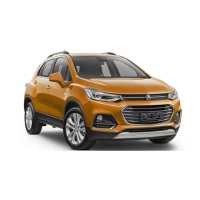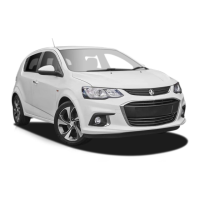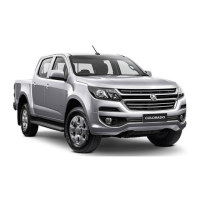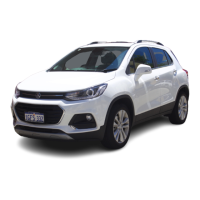Holden Spark (Next Gen) Owner Manual (GMK-Localising-Holden-9507018) -
2016 - crc - 11/19/15
Seats and Restraints 43
{
Warning
This manual provides you with
general information concerning
child restraints only.
The driver is required by law to
ensure that passengers are
suitably restrained. In most States
and Territories of Australia and
New Zealand, specific laws may
exist which require children to be
seated in approved child
restraints and/or in certain
locations within the vehicle.
(Continued)
Warning (Continued)
Holden strongly recommends that
you refer to your specific State or
Territory regulations to determine
which child restraint and seat
location is suitable for your child.
{
Warning
Always ensure that the seat belt
fits firmly around the child
restraint, as applicable to the type
of restraint used.
If a child cannot see out of the
window, do not raise him/her by
means of an ordinary cushion.
It will not stay in place in a
collision and the child can slip out
of the straps and become
entangled.
Selecting the right system
Infants
Rearward facing infant capsules are
designed so that in the event of a
collision, impact forces will be
evenly spread over the baby's back,
with minimal jarring to the
vulnerable head and neck area.
Young children
Forward facing child seats are for
use when the child is able to sit and
easily hold their head upright.
Booster seats
Booster seats are for when children
outgrow a typical forward facing
child seat, but are still too small for
three point seat belts.
Older children
A child should use a normal three
point seat belt only when:
.
They can sit against the back of
the rear seat with knees bent
comfortably at the edge of
the seat.
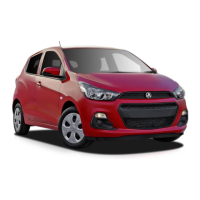
